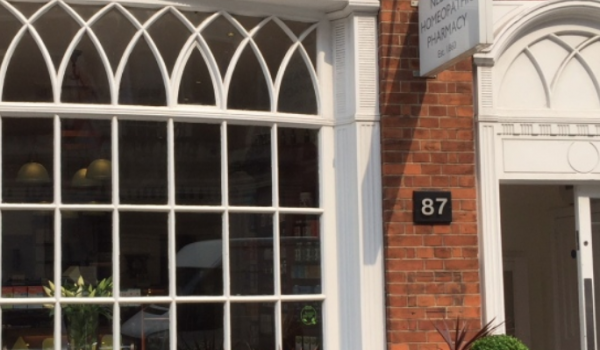Topical Steroid Withdrawal
About 20% of children and 10% of adults are affected by eczema and the main management strategy of this condition is emollients and topical corticosteroids (TCS). Many people tolerate these well whilst others develop side effect after prolonged use.
Topical Steroid Withdrawal (TSW), sometimes called "topical corticoteroids withdrawal", "topical steroid addition") is a rare but severe and debilitating condition that can arise from the use of topical steroids to treat eczema and other conditions. There are 2 types:
Red burning skin - Topical corticosteroids creams close down tiny skin blood vessels, so the skin looks paler. When these creams are stopped, rebound enlargement of the blood vessels occurs in the skin and can cause redness, swelling and oozing.
Papulopustular type - Small bumps (papules) and pustules (bumps with fluid or pus) appear. These may be itchy, scaly and red. The reddened areas feel burning hot and itchy. Enlarged blood vessels may develop. The skin becomes sensitive to anything applied to it. The small bumps typically occur around the eyes, the nostrils and the mouth.
Some people also develop additional ‘systemic’ symptoms during this period, including weight loss/gain, fatigue, deep nerve pain, sleeping problems.
The good news is that Topical Steroid Withdrawal is a self-limiting condition; the symptoms usually settle down on their own with time.
Not so good news is that it can take months to years to settle; it can affect quality of life significantly, making young people stay in bed, leave their jobs.
Not everyone who uses topical steroids will develop TSW. At the moment it is unclear why some individuals experience TSW secondary to topical steroid therapy and why others do not.



